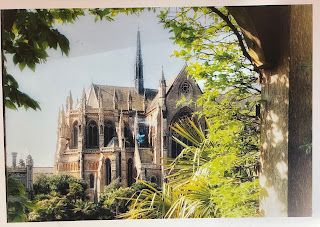Japanese Serow
They eat plant leaves, tree barks, and fruits etc. They can be seen in mountains in early spring and late autumn. They are protected as a special natural animal by Japan and are also the prefectural animal of Nagano. Climate change causes animals in mountain that they are unable to secure enough food, and recently deer sometimes enter in area where Japanese Serow lived to find foods. It is likely to drop the population in the future again.
Japanese monkey (Macaca fuscata)
They can be found in not only countryside but also urban area because they operate in groups and not afraid of people. They are active during the day, and eat tree buds, fruits, and vegetables as well as small animals. At night, they sleep in safe places such as trees.
Japanese squirrels
They are active in the mornings and evenings, and can move swiftly even in the trees. Their summer fur is reddish brown, while their winter fur is gray-brown. They eat acorns, insects, and small bird eggs. They store nuts etc underground before winter starts, and dig them to eat during winter because they are non-hibernating.
Cuculus canorus
We can hear their chirp “Ka-kko” in Summer in Japan. Their body is approx. 35 cm and have head, back and upper feathers in gray, and belly in white.
It is famous for a summer bird in Japan and can be found everywhere in Japan. You can easily find them in central and northern Honshu. In Europe, it is famous for a bird that heralds spring. They spend winter in Africa and Southern Asia. By eating mainly caterpillars that other birds won't eat, they have an advantage to secure foods more than other birds.
Bush Warbler (Horornis diphone)
Bird called “Uguisu” is famous for a bird that heralds spring. We can hear their chirp “Ho-hokekyo” everywhere in Japan but have less opportunity. Even if we hear their chirp, it is difficult to find the bird because they keep watch for natural enemy. In the summer, they mainly eat small insects, larvae, and spiders, and in the winter, they eat seeds and nuts.
Ptarmigan (Lagopusu Muta)
Lagopusu means “Long-haired rabbit’s foot”. They live most of year in alpine belt and are the strongest bird in cold atmosphere. Their feathers turn whole white in winter to be a part of snow mountain. In spring, the upper part of male feathers is blackish brown and the one of female is mottled with light and dark brown. In autumn, their upper part of feathers turns gray-brown. Their inside feathers are white in all seasons.



.jpeg)


